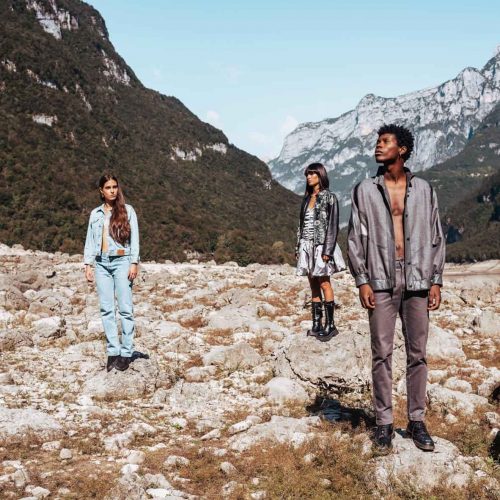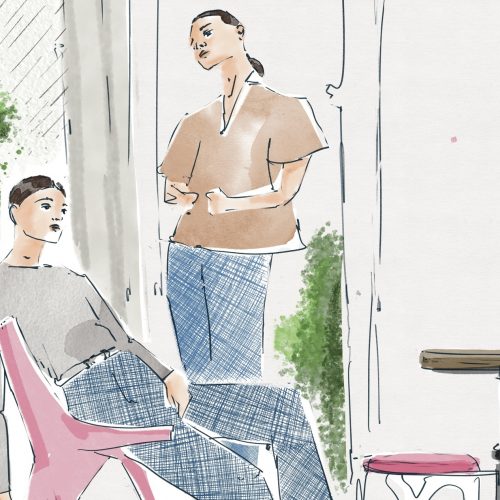Crocodiles Are Cruelly Confined And Killed For Fashion
Crocodiles languish inside the barren cages of factory-farms owned by and supplying luxury fashion houses, before they are brutally slaughtered at a fraction of their lifespan. This cruelty is needless, unsustainable, and increasingly unfashionable.
To receive the Luxiders newsletter, sign up here.
Tens of thousands of native saltwater crocodiles are killed each year in Australia, for the sake of luxury fashion. Crocodile skin is considered an ‘exotic skin’ in the fashion industry, categorised alongside the skins of reptiles like pythons and lizards, as well as other native and free-living species like kangaroos, and even stingrays.
Conservation experts have warned that the global trade of such ‘exotic’ animal skins can cause and exacerbate the spread of zoonotic diseases that infect humans. At the same time, the crocodile skin industry harms the population of native crocodiles – a species which has lived on the land now known as Australia for at least 100 million years. Today, more of these animals live in plastic-lined cages and concrete pits than in their natural habitat.
In these cages and pits, built on enormous factory-farms owned by and supplying high end brands, crocodiles are cramped. In fact, by legal recommendation, crocodiles do not need to be given more space than even half the length of their body.
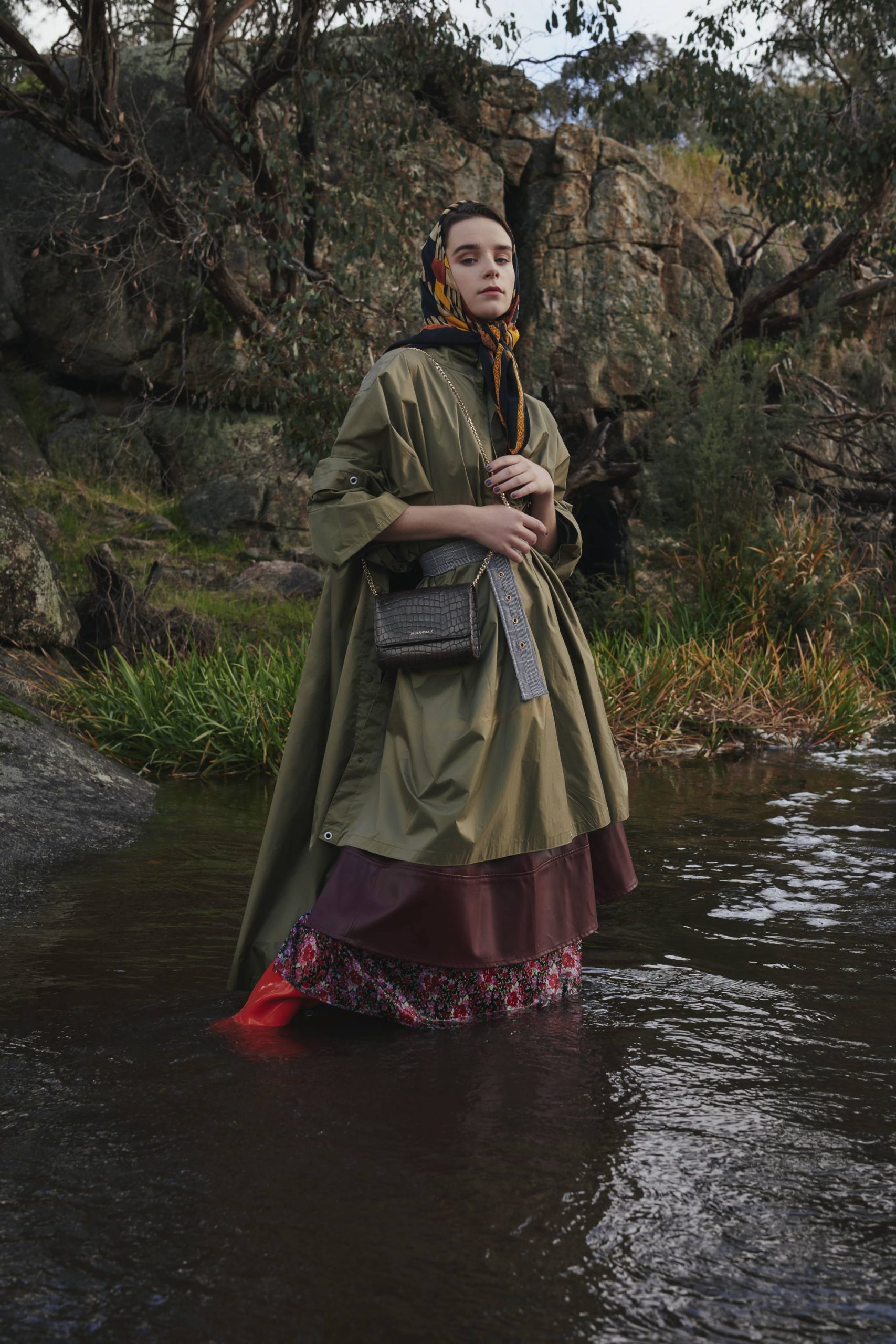
Sans Beast Bag. Zette Shoes by Vegan Style.
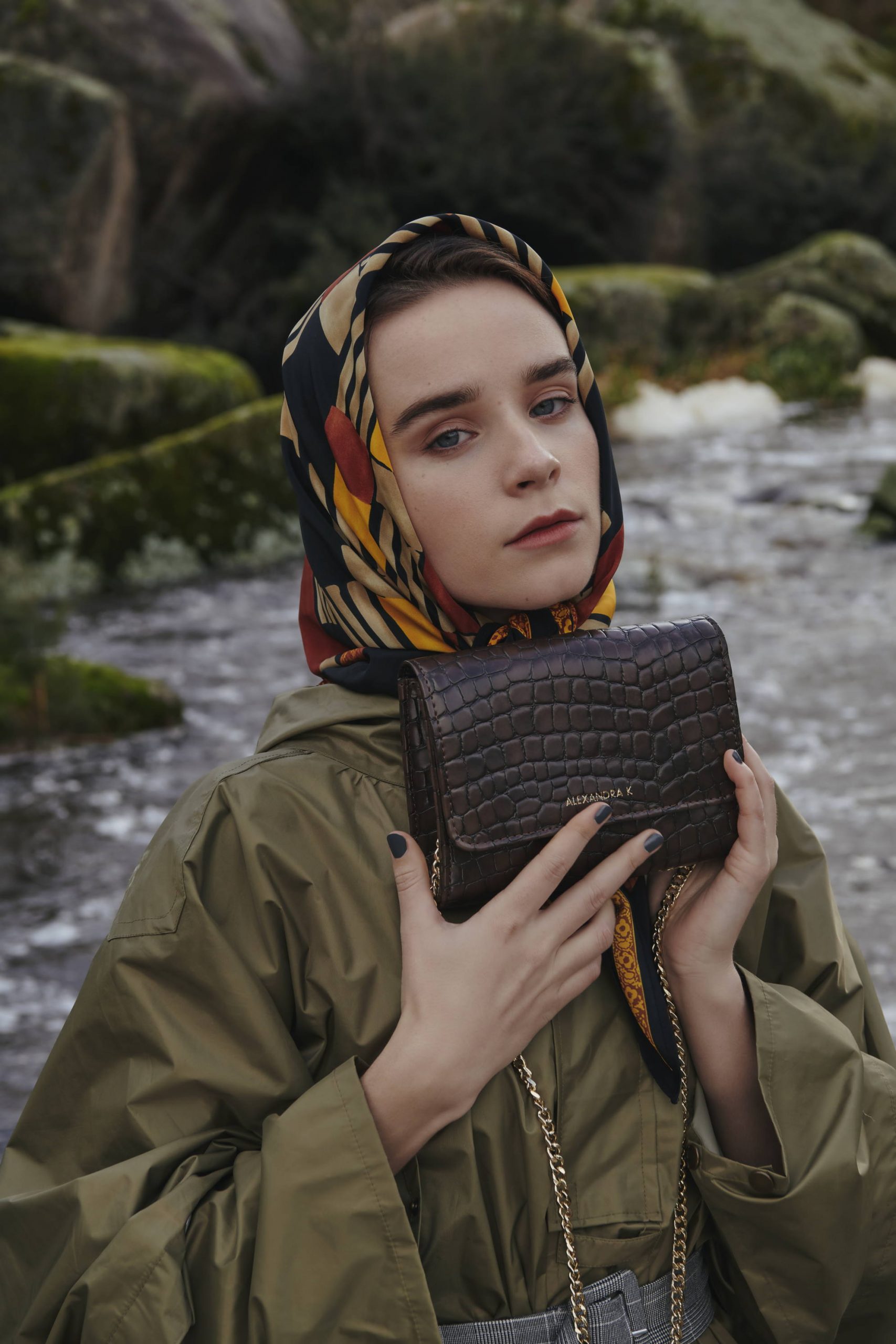
Alejandra K Bag.
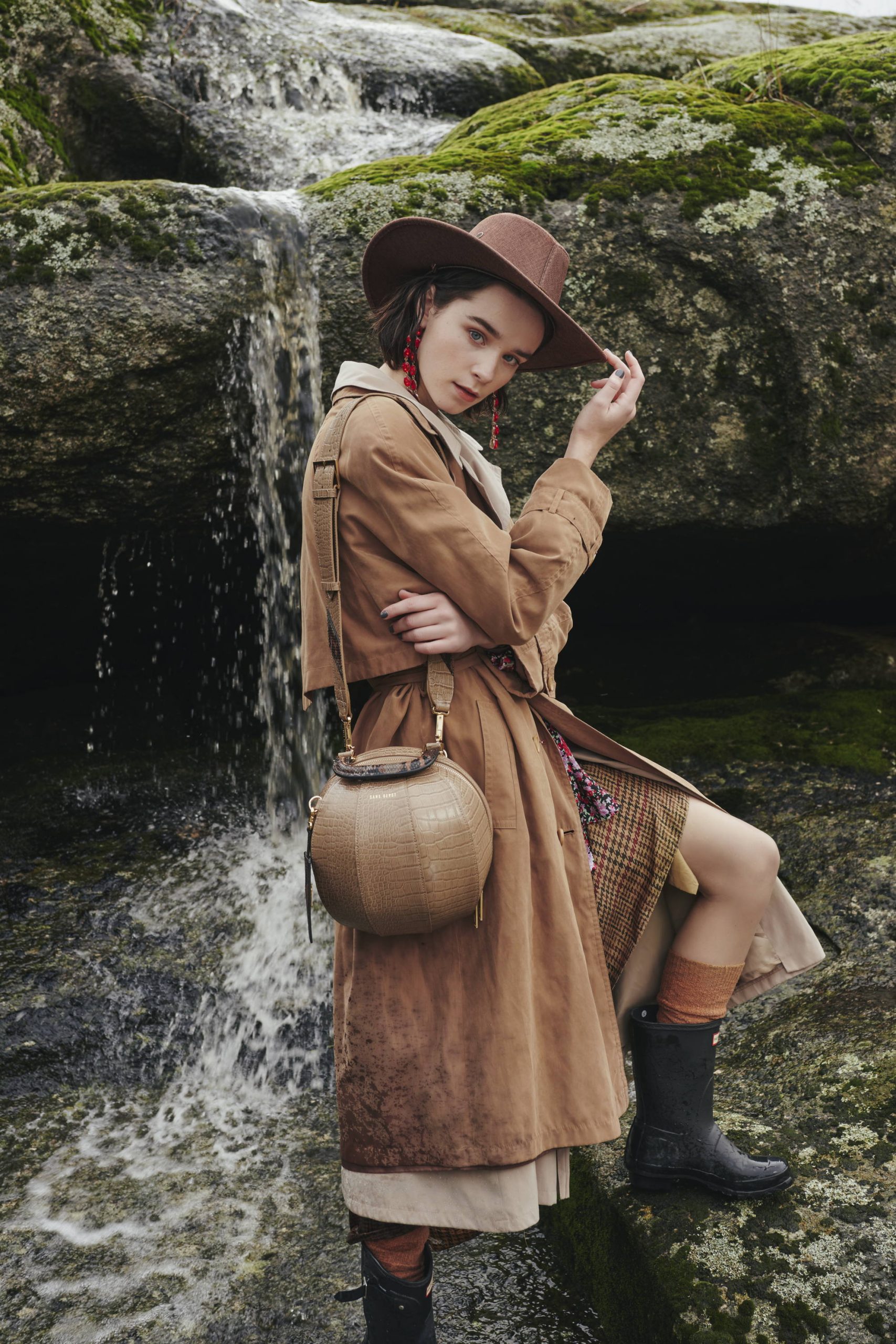
Sans Beast Bag. Zette Shoes by Vegan Style.
CONDITIONS ON CROCODILE FACTORY-FARMS FOR LUXURY FASHION
As shown through Kindness Project’s latest #DropCroc campaign, investigative footage from Farm Transparency Project shows just how terrible conditions are for crocodiles destined to be turned into handbags that sell to the wealthiest 1% for as much as tens, if not hundreds of thousands of dollars.
Crocodiles are ripped out of their cages, shot with a captive bolt gun, cut open at the back of the head, before their brains are scrambled with a long metal rod, killing them. As renowned conservationist and great, great grandson of Chris Darwin states in his interview with Collective Fashion Justice and Kindness Project, “it’s not conservation, it’s commerce”.
This may seem an obvious statement for the conservationist to have made, but it sits in opposition to what luxury brands, the wider crocodile skin industry, and even the Australian government claim. These vested interests shockingly claim that each year they factory-farm for slaughter more crocodiles than live in the wild, for the sake of species conservation. Essentially, they argue that more of these vulnerable crocodiles means better protection for the wider species, even if the majority of those crocodilian individuals live in cages for only about three years, rather than for over 70 years, out in a biodiverse ecosystem which they both benefit from and contribute to the balance of.
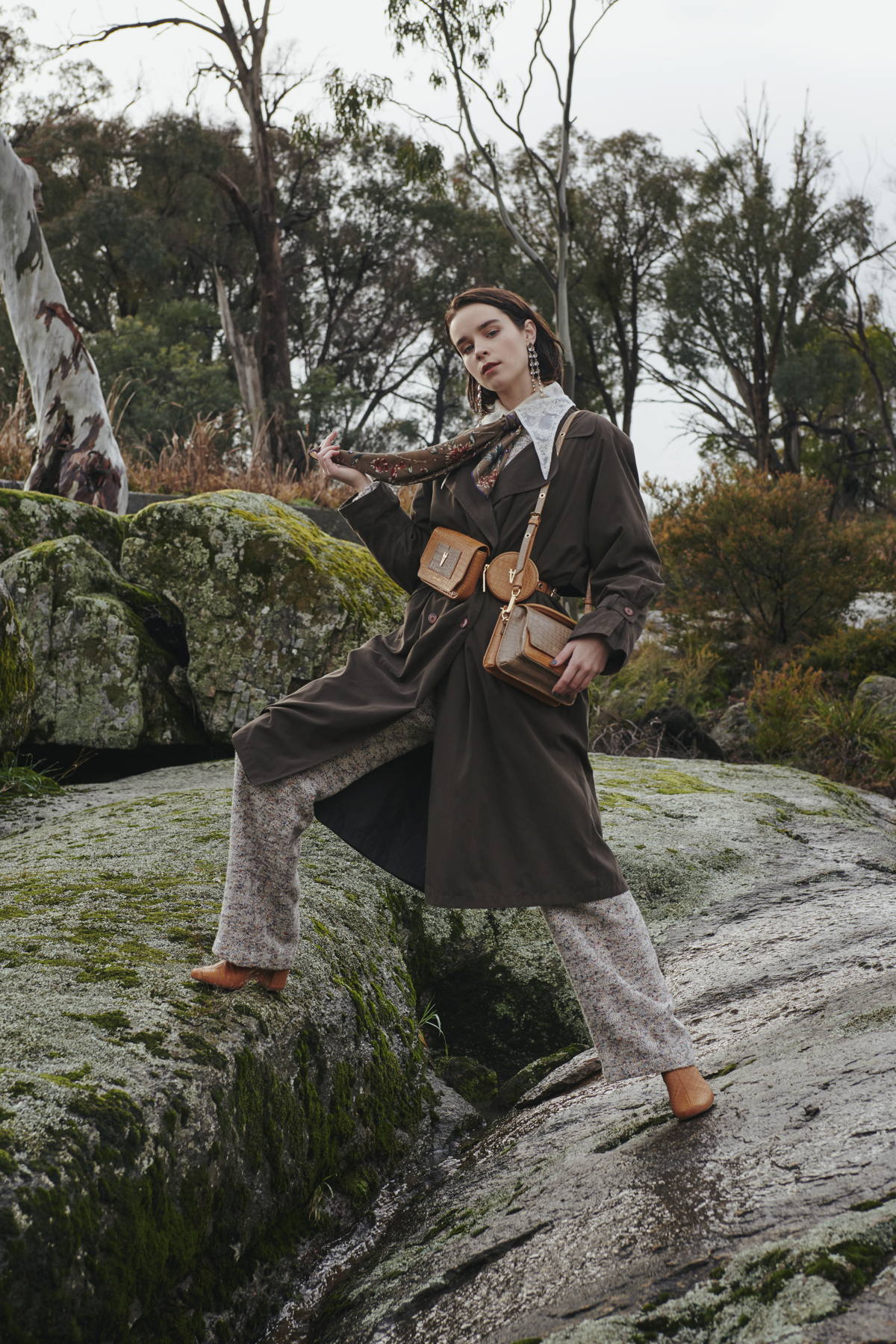
Sans Beast Bag. Zette Shoes by Vegan Style.
CROCODILE SKIN AS A MATERIAL CAN EASILY BE REPLICATED
It’s an archaic way of thinking, to believe that fashion must depend on the use of animal skins to be stylish, long-lasting, and innovative. In fact, the reality today is polar opposite. The least sustainable materials available today are those derived from animals, and these are also the most unethically produced, and ultimately, least creative and future-thinking.
Luxury fashion houses and celebrated creatives are increasingly realising this, and today, many of the largest luxury brands have banned all exotic skins from their collections. Ethics and environmental impact aside, when we consider form and function, crocodile skin is praised for being hardy, thick, and texturally rich. However, we can create materials that hold these same elements, without exploiting an indigenous species for profit.
Some of the best total ethics materials used in place of crocodile skin include vegan leather made from mangoes diverted from landfill, which are embossed to have the same reptilian textures, as well as recycled PU embossed in the same way. Cork, harvested as bark without harming trees, is very sustainable and also able to replicate the scales of crocodiles. Vegan leather derived from cacti, pineapple leaves, wine and apple juice production waste like stalks and seeds, and other plant-based options are also great alternatives.
There is simply no need to wear wild, or any animals, especially when doing so also harms environmental sustainability and endangers biodiversity. Animal-free fashion is the future.

